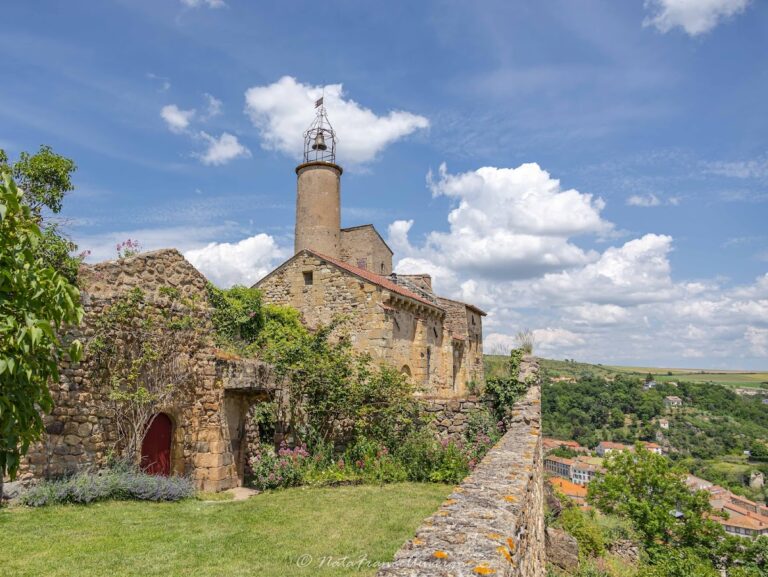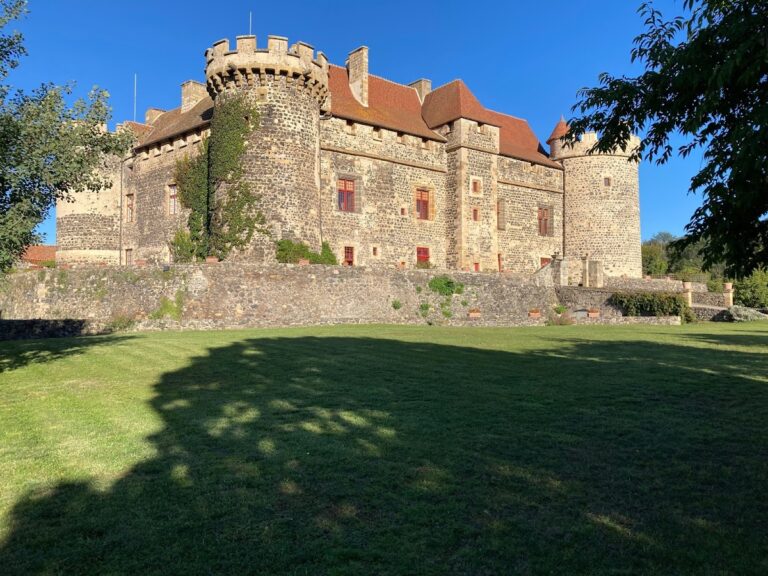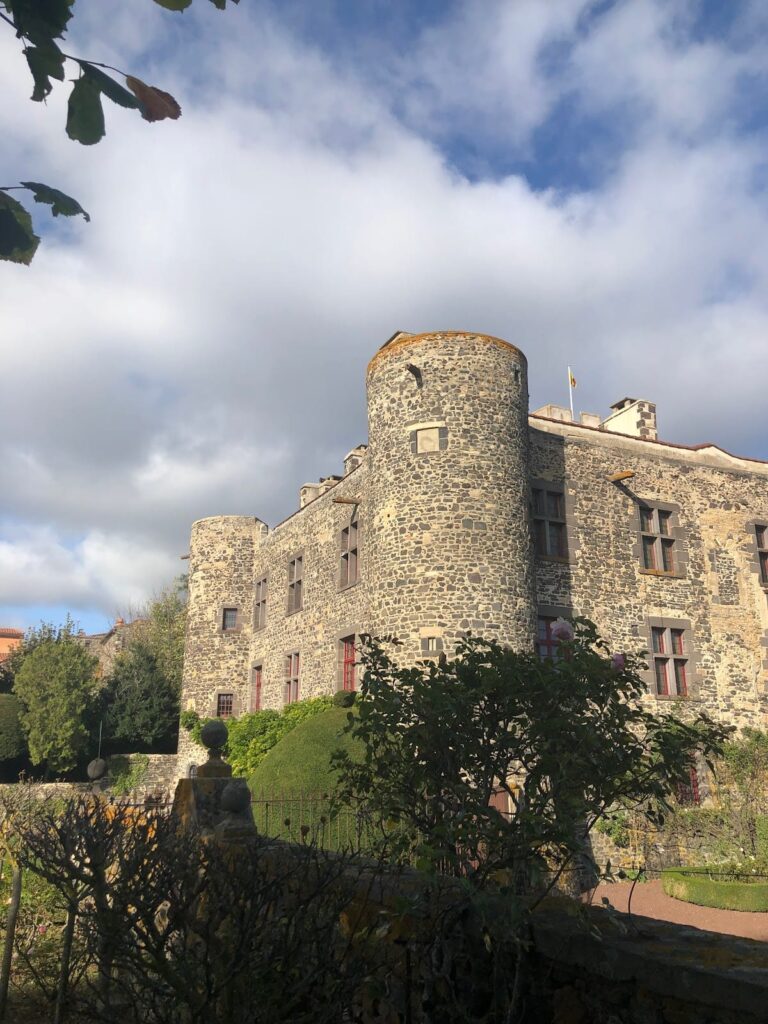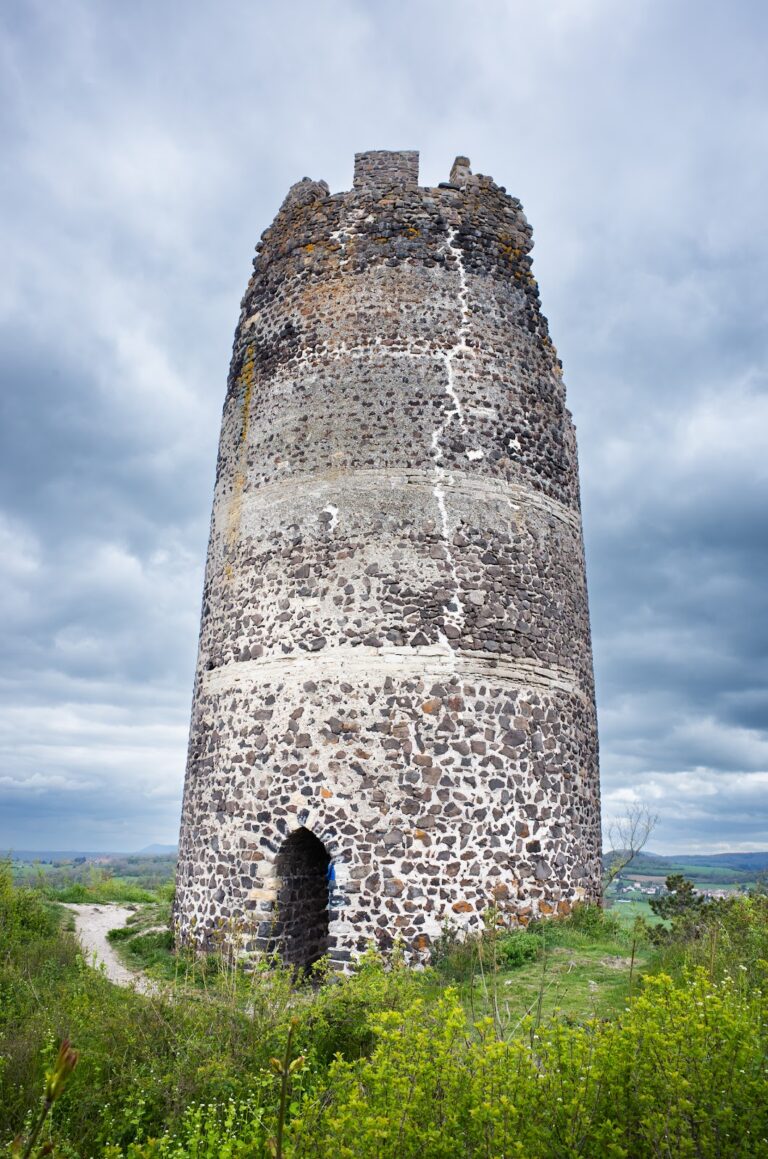Murol Castle: A Medieval and Renaissance Fortress in France
Visitor Information
Google Rating: 4.6
Popularity: Medium
Google Maps: View on Google Maps
Official Website: www.murolchateau.com
Country: France
Civilization: Unclassified
Remains: Military
History
Murol Castle is located in the village of Murol in France. The fortress was built by medieval builders atop a basalt mesa that commands views of the surrounding landscape.
The site where Murol Castle stands shows signs of human activity dating back to the Neolithic era, suggesting it was valued for its elevated position long before the Middle Ages. Some scholars have hypothesized there may have been Gallo-Roman occupation as well, although the earliest confirmed medieval structures emerge from the 11th century.
Construction of the castle proper began between the 10th and 11th centuries. During this period, defensive walls and a small settlement were established, marking the start of the castle’s role as a fortified stronghold. The parish and castellany of Murol, administrative and religious districts centered on the site, likely came into being in the 11th century, created from nearby older parishes. Strategically, the castle was placed at a crossroads of three important Roman roads, linking Limagne, Le Mont-Dore, and Clermont-Ferrand, underscoring its importance in controlling regional routes.
From the 12th through the 15th centuries, Murol Castle underwent continuous expansions and strengthened defenses. A key figure in this era was Guillaume II de Murol, who around the late 14th century added a Romanesque funerary chapel, reflecting both religious devotion and the assertion of family prestige.
In 1455, the Murol lineage merged with another noble family when Jehanne de Murol married Gaspard d’Estaing, passing ownership of the castle to the d’Estaing family. In the 16th century, François I d’Estaing launched significant modernization efforts. He built a bastioned defensive wall equipped with almond-shaped towers designed to support light artillery, reflecting advances in military technology. He also began constructing a Renaissance palace on the castle’s eastern side, featuring a large hanging garden; however, this ambitious project was left incomplete.
During the religious and civil conflicts of the late 16th century, notably the wars involving the Catholic League, Murol Castle endured sieges but remained intact. Unlike many fortresses, it escaped demolition ordered by Cardinal Richelieu in the 17th century, likely due to the d’Estaing family’s high standing.
Following centuries of use, the castle fell into gradual neglect. Parts of it became dilapidated, and stones from the walls were quarried for other local construction. The castle remained in private hands until the late 19th century, when the Count of Chabrol transferred ownership to the regional authorities in 1880. Later, in 1953, the responsibility passed to the local commune. Since 1889, Murol Castle has held the status of a protected historic monument.
Throughout its history, Murol Castle has also inspired writers. It appears in Guy de Maupassant’s 1883 short story “Humble drame” and features in George Sand’s 1859 novel “Jean de la Roche,” reflecting its place in French cultural memory.
Remains
Murol Castle occupies a basalt promontory, with its layout shaped closely around the natural contours of the volcanic rock. The inner enclosure is polygonal, with stone walls reaching about ten meters high, providing a sturdy barrier use of local materials dates back to the early phases of construction.
The tallest and most prominent structure within the enclosure is the large circular donjon or keep. Situated atop the basalt, the tower served as a last line of defense and symbol of control. Below the keep are two chapels: a larger one dating back to the 11th century and a smaller funerary chapel built by Guillaume de Murol at the end of the 14th century. Both chapels demonstrate Romanesque architectural style with their stone masonry and vaulting, and remain preserved today.
At the northeast corner lies the 13th-century main tower known as the Tour de Chautignat. This tower contains several vaulted rooms that are accessed by a spiral staircase, illustrating the defensive and residential functions combined within one structure.
Within the castle courtyard, remnants of a kitchen and bakery remain visible. These facilities include large chimneys for smoke ventilation, an oven, and a kneading trough, all essential for sustaining the castle’s inhabitants during sieges or daily life.
The Renaissance pavilion initiated by François I d’Estaing stands in the outer courtyard at the foot of the basalt outcrop on the eastern side. Although now in a ruined and dilapidated condition, the pavilion’s facade still shows decorative moldings and pilasters characteristic of Renaissance design, hinting at the unfinished grandeur planned for this residence.
Surrounding the base of the basalt cliff is a broad bastioned curtain wall with almond-shaped towers. Constructed in the 16th century to mount light artillery, this fortification follows military innovations of the period. The walls are lower than those of the inner enclosure but reinforced to withstand cannon fire.
Access to the castle’s inner ward is through a narrow gate adorned with the coats of arms of the Murol and d’Estaing families, reflecting the lineage and heritage of its builders and owners. Nearby, the ruins of a gallery and several outbuildings can still be seen. These served auxiliary functions such as storage or additional housing.
Visitors to the castle can climb spiral staircases leading up to the ramparts, where one can walk along the curtain walls and donjon. From these vantage points, sweeping views stretch over the town of Murol, the Couze Valley, Lake Chambon, and even distant volcanic formations like the Monts Dore and the Tartaret volcano.
Within the castle grounds, an artillery piece named after François d’Estaing was discovered, connecting the defensive innovations of the 16th century with the physical remains.
These well-preserved elements collectively tell the story of Murol Castle’s evolution from a medieval fortress to a Renaissance residence, and reflect centuries of military, residential, and religious functions adapted to the site’s striking volcanic setting.










